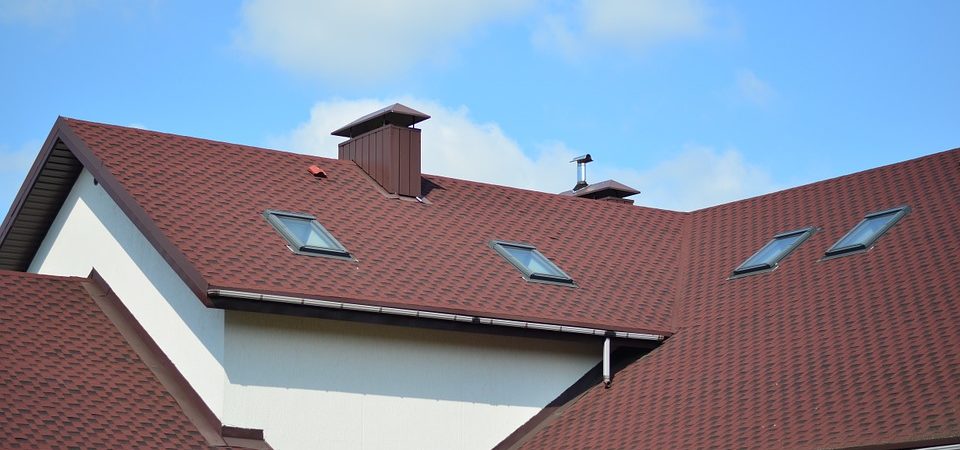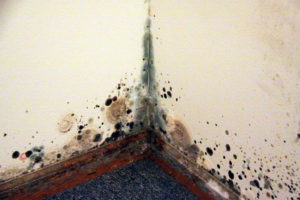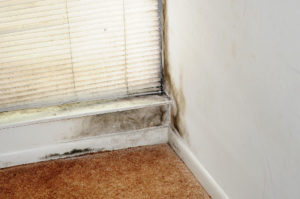Top Kitchen Trends You May Want To Avoid
Engaging in a kitchen renovation is one of the most efficient, most effective and proactive home improvements you can make today. This is very important, and you should never regret doing this.
Perhaps you have come across this famous maxim, ‘kitchens sell houses’. This simply implies that a functional and beautiful kitchen will increase the value of your home, should you decide to sell it.
But not all kitchen designs are created equal. Some are passing trends that won’t be popular in three years and others are just plain blah. We spoke a company in the UK who make some of the best kitchens Northampton, and they told us some of the top kitchen trends you may want to avoid.
Over-The-Range Microwave
Installing your microwave over the range is something that has been in practice for many years. Such practice is no longer feasible; it is gradually fading, it doesn’t give you amazing beauty or favor global design principles. Microwaves should be kept in an accessible place for every member of the family. Thus, it would be better you move it to drawers and under-the-counter nooks instead.
Pot Racks
Keeping your large pot racks in your central kitchen island is no longer ideal; instead pans and pots should be kept neatly in drawers. You are expected to go for a universal design that is minimalist and sleek. Research shows that this would remain a vital option for many years to come.
Kitchen Desk
Most family life revolves solely around the kitchen, and this is why most people treasure putting a desk in the kitchen, and some held this as a great option. The truth is that most times a kitchen desk is left with the option of getting stacked with papers and clutter you wouldn’t like to see. Thus, you are directed to kindly pass on the desk, and keep certain household activities to your home office.
Distressed Cabinets
In most kitchens, glazed and distressed cabinet finishes have been in practice for decades. It is important to remark that this type of kitchen fashion is gradually fading out.
Thus, if you are searching for your cabinet replacement, then it is better to look for the ones with modern aesthetic design, whether clean wood tones or crisp paint colors.
Faux Finishes
Faux finishes are gradually fading today. But, updating your kitchen with simple and beautiful designs is still supreme. To make your kitchen extremely beautiful, and unique, you are advised to go for fresh paint in neutral or bold tones. Even a simple wallpaper design can be a good option.
Be a trend setter, not a trend regretter. Avoid these common faux pas when it comes to kitchen design.



 any home in the United States. With this knowledge, it is highly advisable to bite the bullet and
any home in the United States. With this knowledge, it is highly advisable to bite the bullet and 